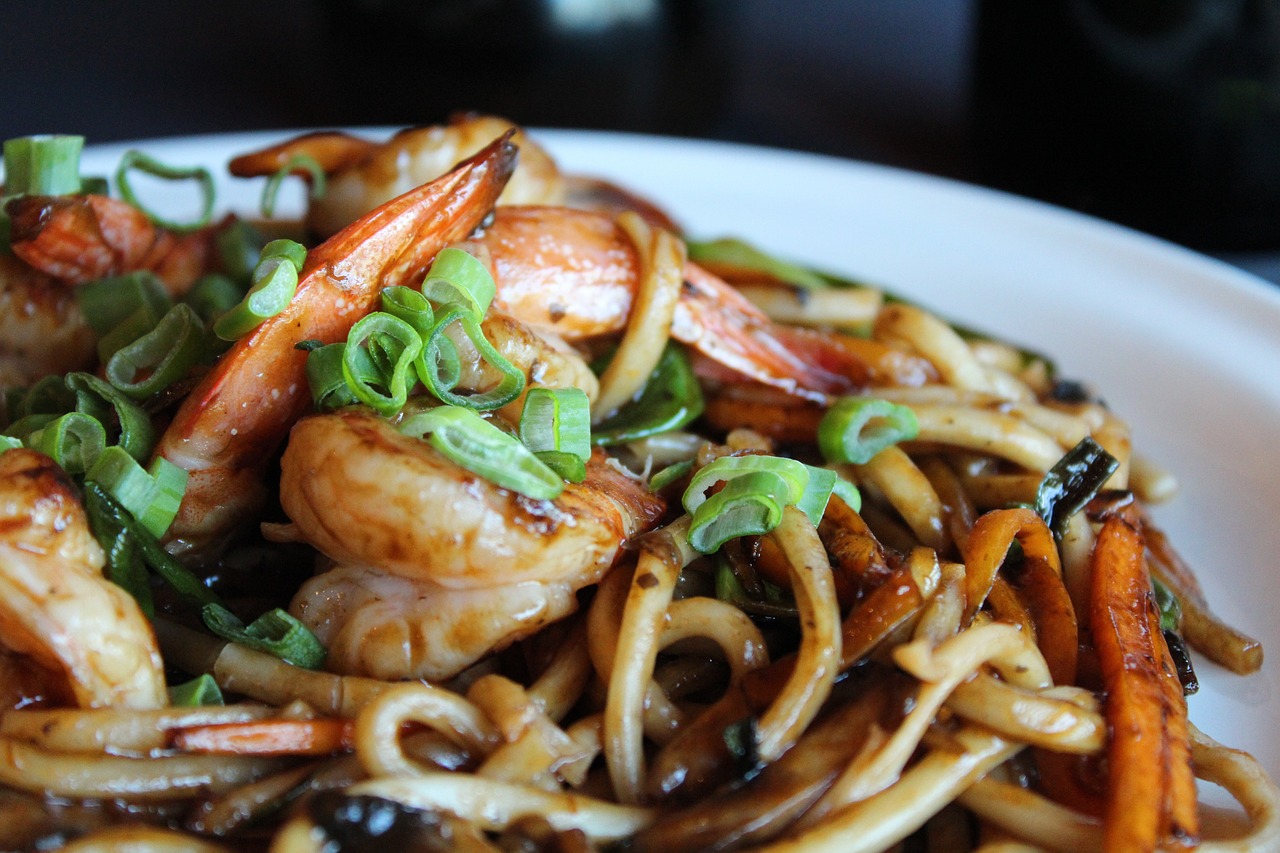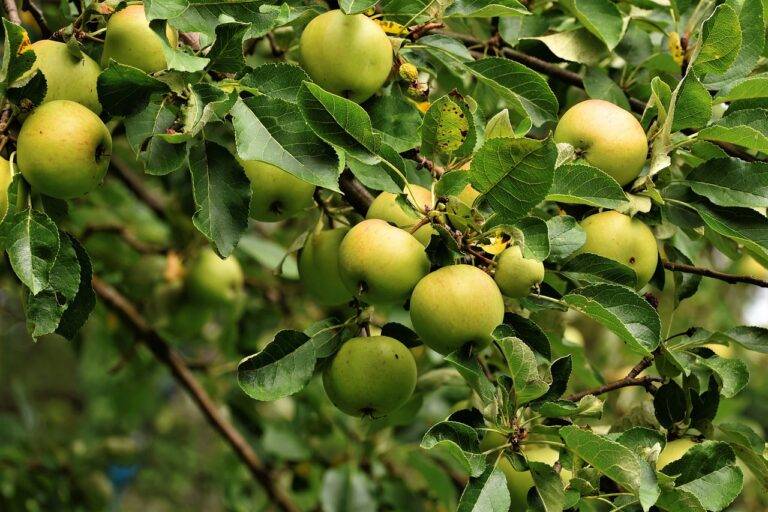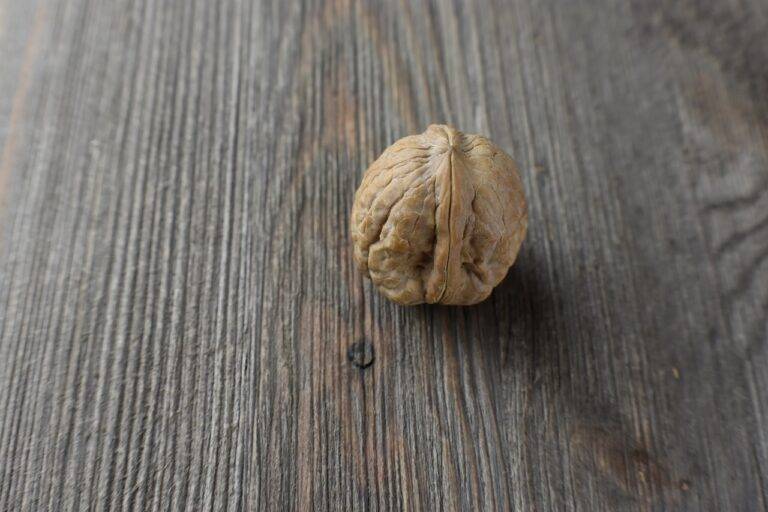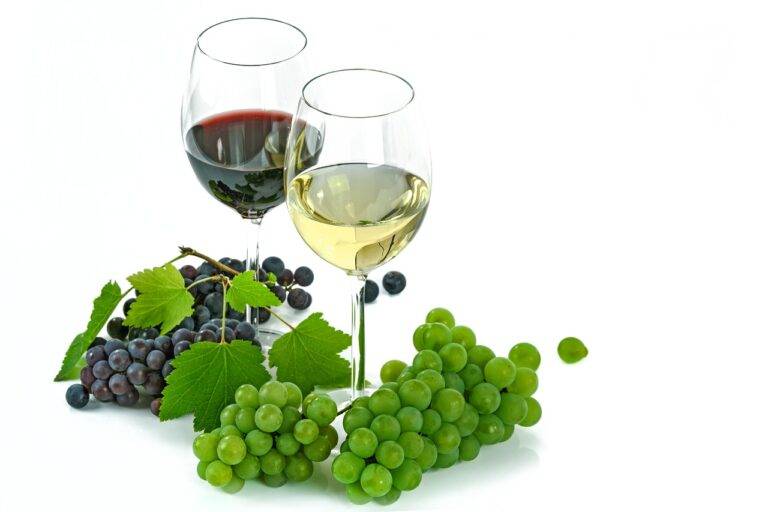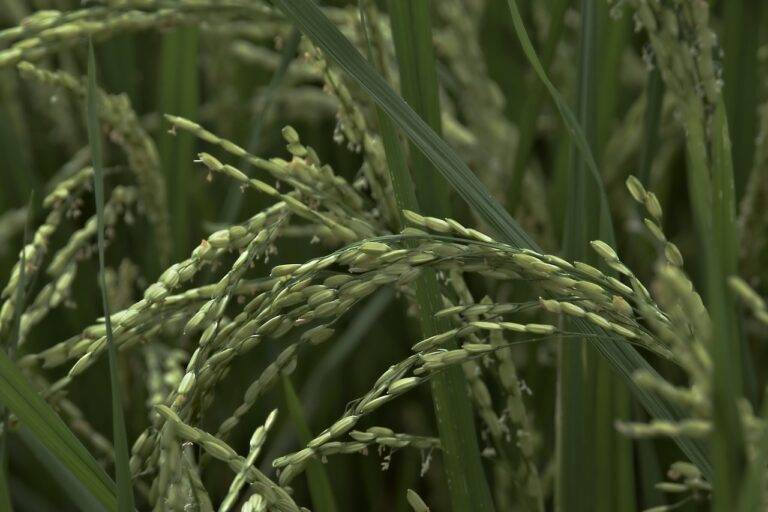The Art of Food Plating: Techniques for Creating Stunning Visual Displays.
Round plates are one of the most commonly used shapes in food presentation. Their curved edges help frame the food elegantly, making it visually appealing to the diner. Round plates are versatile and work well with various types of cuisines due to their classic and timeless appearance.
Square plates offer a modern and edgy look to food plating. Their sharp angles create a striking contrast against the food, enhancing its presentation. Square plates are often used in fine dining establishments to add a touch of sophistication and artistic flair to the overall dining experience.
Importance of Color Contrast in Food Plating
Color contrast plays a crucial role in the art of food plating. It not only enhances the visual appeal of a dish but also influences the perception of flavors. By strategically incorporating a variety of colors on the plate, chefs can create a visually stimulating and appetizing presentation that entices diners before they even take the first bite.
When selecting colors for food plating, it is important to consider complementary and contrasting hues to create a striking visual impact. Utilizing a mix of vibrant and muted tones can help highlight the different components of a dish and create a harmonious balance on the plate. By paying attention to color contrast, chefs can elevate the dining experience and leave a lasting impression on patrons.
Why is color contrast important in food plating?
Color contrast plays a crucial role in food plating as it enhances the visual appeal of the dish, making it more appetizing and appealing to the customers.
How can I create color contrast in food plating?
You can create color contrast by using a combination of colors that are opposite or complementary to each other on the color wheel. This will help make the different components of the dish stand out and look more visually appealing.
What are some tips for using color contrast effectively in food plating?
Some tips for using color contrast effectively in food plating include using a variety of colors, textures, and shapes on the plate, as well as considering the overall color scheme of the dish to ensure a visually appealing presentation.
Are there any specific plate shapes that can help enhance color contrast in food plating?
Yes, certain plate shapes, such as round plates or plates with raised edges, can help create a better contrast between the colors of the food components. Experimenting with different plate shapes can also help enhance the overall visual appeal of the dish.
How does color contrast impact the dining experience for customers?
Color contrast can greatly impact the dining experience for customers by influencing their perception of the dish. A visually appealing plate with good color contrast can make the dish more enticing and enjoyable to eat, enhancing the overall dining experience.

